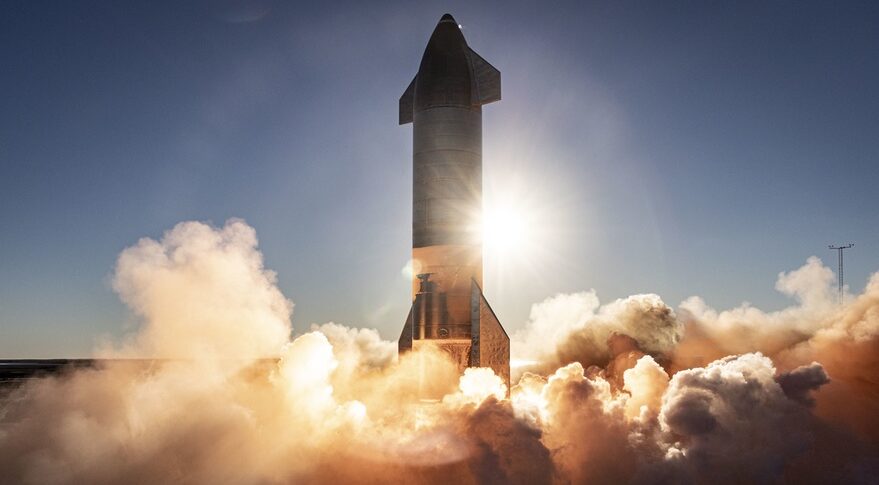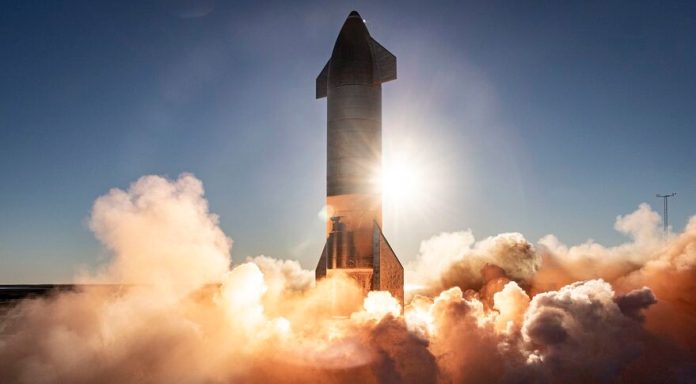
Amazon calls on FCC to reject SpaceX’s revised second-gen Starlink plan (Image Credit: SNN)
COLORADO SPRINGS — Amazon is urging the Federal Communications Commission to dismiss SpaceX’s amended plans for its second-generation Starlink constellation, saying they are too broad and speculative.
SpaceX proposed two potential configurations for nearly 30,000 follow-on satellites Aug. 18, which Amazon said breaks FCC rules that require details of a proposed amendment to be settled before filing such an application.
SpaceX intends to proceed with just one of the options, but Amazon said filing for two also doubles the technical effort that operators face to review interference and orbital debris concerns.
“Should the Commission depart from its rules and precedent and endorse the approach of applying for multiple, mutually exclusive configurations, the consequences will extend far beyond the SpaceX Amendment,” wrote Mariah Shuman, corporate counsel for Amazon’s broadband megaconstellation venture Project Kuiper, in an Aug. 25 letter to the FCC.
“However inefficient this strategy might be for the Commission and parties responding to applications, other prospective licensees will surely see the benefit in maximizing their optionality by describing multiple configurations in their license applications.”
Shuman asked the FCC to “dismiss SpaceX’s Amendment, and invite SpaceX to resubmit its amendment after settling on a single configuration for its Gen2 System.”
Project Kuiper has yet to deploy any of its planned broadband satellites.
SpaceX said in a July presentation that it had launched 1,740 satellites for its first-generation Starlink constellation so far, serving around 90,000 customers in 12 countries.
The second-generation Starlink network promises faster speeds, lower latency, more backhaul capacity and the ability to serve more people worldwide than the first generation.
As with SpaceX’s original plan for Starlink Gen2 last year, both configurations call for nearly 30,000 satellites in low Earth orbit, but they aim to spread them more evenly across nine to 12 inclined orbits to improve coverage for rural, national security and first responder customers.
The two configurations differ from each other in how these satellites are arranged along different orbital parameters.
SpaceX said its preferred configuration uses Starship to deploy the constellation faster.
– Advertisement –









